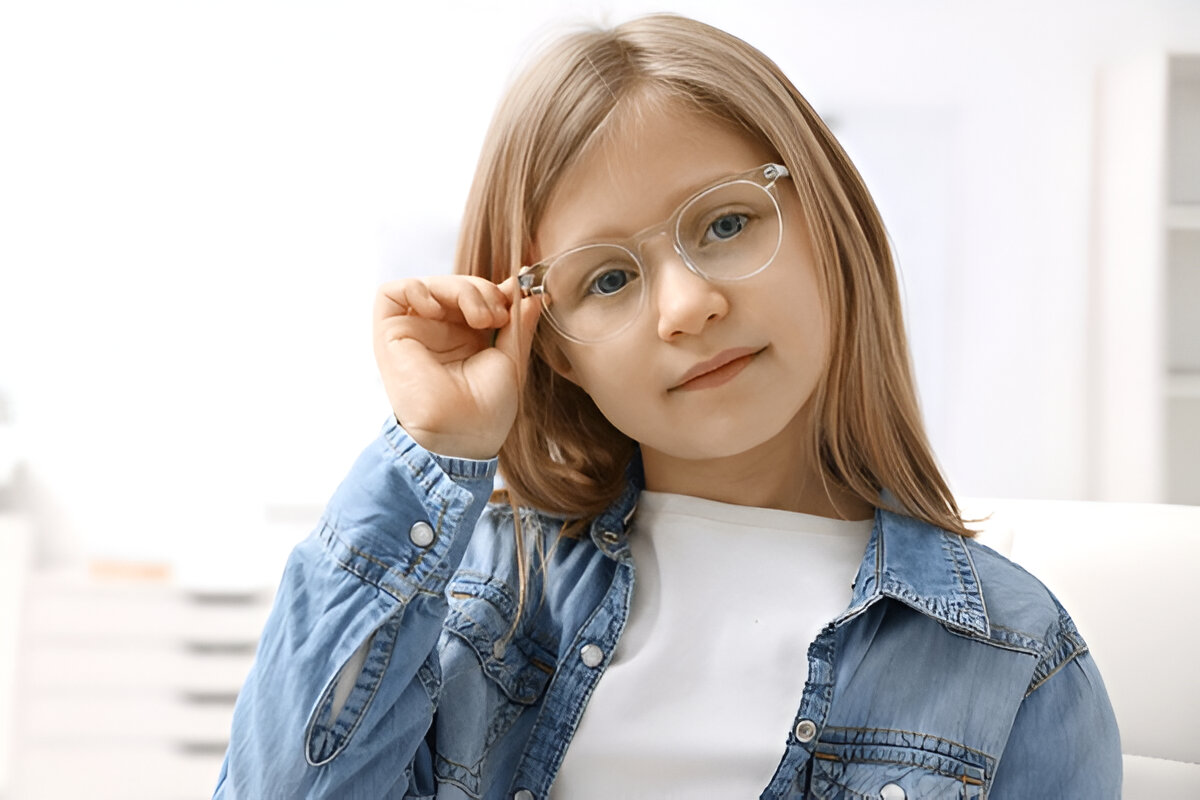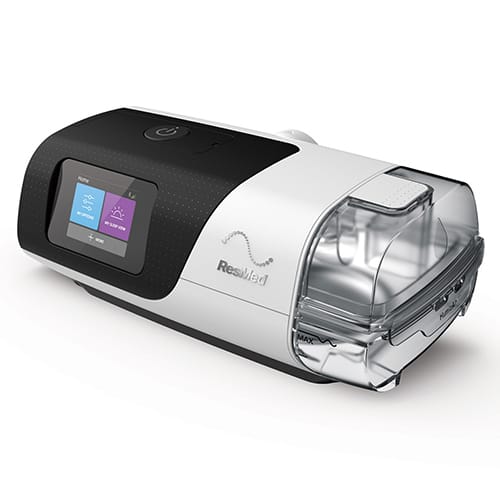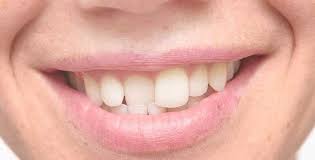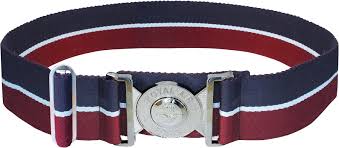Selecting the ideal eyewear for your child involves vision needs, comfort, and durability. This guide breaks down each step so you can choose the Right Eyeglass Frames for Kids in Singapore with confidence.
Understand Vision Requirements
Schedule an Eye Examination
Book an appointment with a licensed optometrist. The exam confirms your child’s exact prescription. It also highlights any need for special lens coatings.
Review Eye Health History
Discuss past eye issues. Note any allergies or sensitivities. Share information about digital screen use and outdoor activities. This helps the optometrist recommend the best lens options.
Pick the Right Lens Material
-
Polycarbonate: Very impact-resistant and lightweight.
-
Trivex: Combines lightness with sharper optics.
-
High-index plastic: Thinner lenses for stronger prescriptions.
Both polycarbonate and Trivex block UV rays and meet safety standards.
Frame Material Matters
Durable Plastic Options
-
Acetate: Resists wear and tear.
-
Propionate: Flexible and hypoallergenic.
Plastic frames weigh less than metal. They sit comfortably on small faces and come in fun colors.
Flexible Metal Designs
-
Memory Metal: Bends under stress and returns to shape.
-
Titanium alloys: Lightweight and corrosion-resistant.
Metal frames often include adjustable nose pads for a custom fit. Nickel-free metals prevent skin reactions.
Eco-Friendly Choices
Some brands use recycled materials. Look for frames certified by environmental standards. They offer both durability and a smaller carbon footprint.
Achieve a Comfortable Fit
Measure Key Dimensions
Check three numbers inside the temple arm:
-
Lens width (in mm)
-
Bridge width
-
Temple length
Proper measurements prevent slipping and cheek pinching.
Fine-Tune Nose Pads and Temples
Silicone or soft-touch pads grip small bridges. Ask the optician to adjust pad angle. Temple tips should curve gently behind the ears. Test frames on both sides for balance.
Try a Mirror Test
Have your child stand in front of a mirror. They should look straight ahead. Frames should sit level and not press into skin. A quick mirror check helps spot imbalance.
Prioritize Safety Features
Impact-Resistant Lenses
Active children need lenses that absorb shocks. Polycarbonate and Trivex meet ASTM and ISO standards. They resist cracking during sports, playground play, and roughhousing.
Scratch-Resistant Coating
A hard-coat layer shields lenses from daily scratches. It keeps vision clear and reduces costly replacements.
Blue-Light Protection
Consider an anti-blue light filter. It reduces eye strain from screens and indoor lighting. This helps with homework and digital learning.
Explore Styles and Shapes
Kid-Approved Designs
Look for under-coating prints, such as stars or animals. These designs stay vibrant because they sit beneath a clear resin layer. Bright colors motivate consistent wear.
Popular Frame Shapes
-
Round: Softens facial angles.
-
Rectangular: Suits most face types.
-
Oval: Balances angular features.
Let your child try several shapes. They wear frames more confidently when they like the look.
Mix and Match
Choose a neutral base color with fun temple tips. This offers versatility. Kids can pair frames with different outfits.
Consider Weight and Balance
Lightweight Choices
Frames under 20 g feel barely there. They reduce pressure on the bridge and ears.
Balanced Construction
Frames with reinforced hinges distribute weight evenly. Ask the optician to press both temples and check for even tension.
Budget and Warranty
Compare Price Ranges
Set a budget before you shop. Basic plastic frames start at a lower cost. Specialty materials or licensed designs cost more. Remember: quality eyewear often outlasts cheaper alternatives.
Check Warranty Coverage
Most optical shops offer a 6–12 month warranty. It covers manufacturing defects and loose hinges. Some include free adjustments and cleaning.
Shop Around
Visit local optical shops, eye clinics, and school-based screening programs. You may find seasonal promotions or bundled lens/frame deals.
Maintenance and Care
Daily Cleaning Routine
-
Rinse frames under lukewarm water.
-
Apply a drop of mild dish soap.
-
Rub lenses gently with fingertips.
-
Rinse and dry with a microfiber cloth.
Avoid paper towels or clothing. They can scratch the lens coating.
Proper Storage Solutions
Always keep eyewear in a hard case. Soft pouches offer minimal protection. A sturdy case prevents bending, cracking, and dust buildup.
Regular Professional Tune-Ups
Schedule an adjustment every six months. An optician will tighten screws, realign temples, and replace worn nose pads. Well-maintained frames last longer and stay comfortable.
Monthly Deep Clean
Use an ultrasonic cleaner if available. It removes hidden dirt around hinges and nose pads. This simple step extends frame life and keeps skin healthy.
Final Checklist
-
✔️ Completed eye exam with updated prescription
-
✔️ Chosen impact-resistant lens material
-
✔️ Selected frame material (acetate, propionate, memory metal)
-
✔️ Recorded accurate frame measurements
-
✔️ Confirmed safety features (scratch-resistant, blue-light filter)
-
✔️ Tried on favorite shapes and styles
-
✔️ Set a budget and verified warranty terms
-
✔️ Established daily and monthly cleaning routines
-
✔️ Arranged proper storage and professional tune-ups
By following these steps, you ensure your child wears comfortable, durable, and safe eyeglass frames for kids in Singapore. Clear vision and confidence become part of their daily routine.







0 Comments